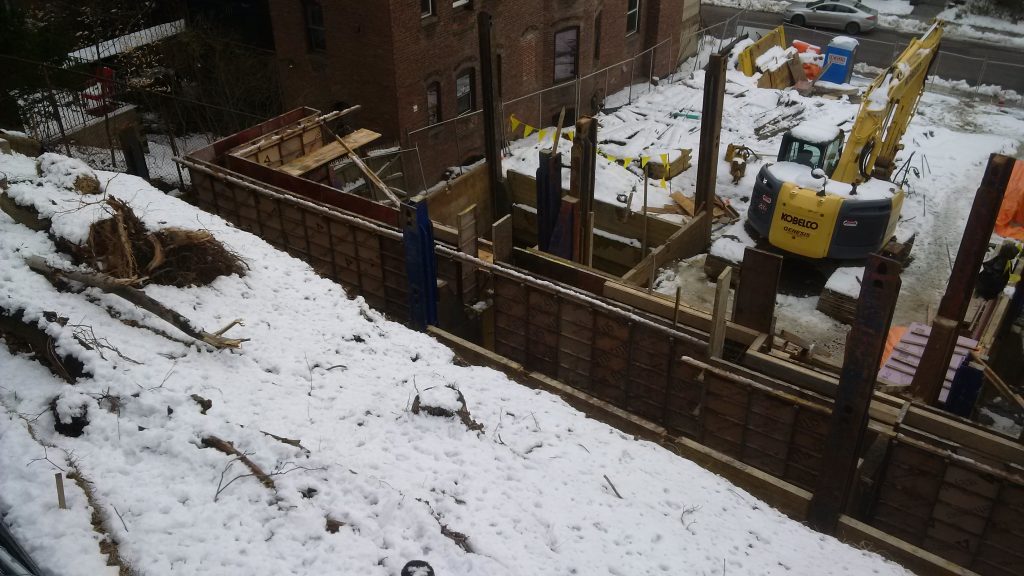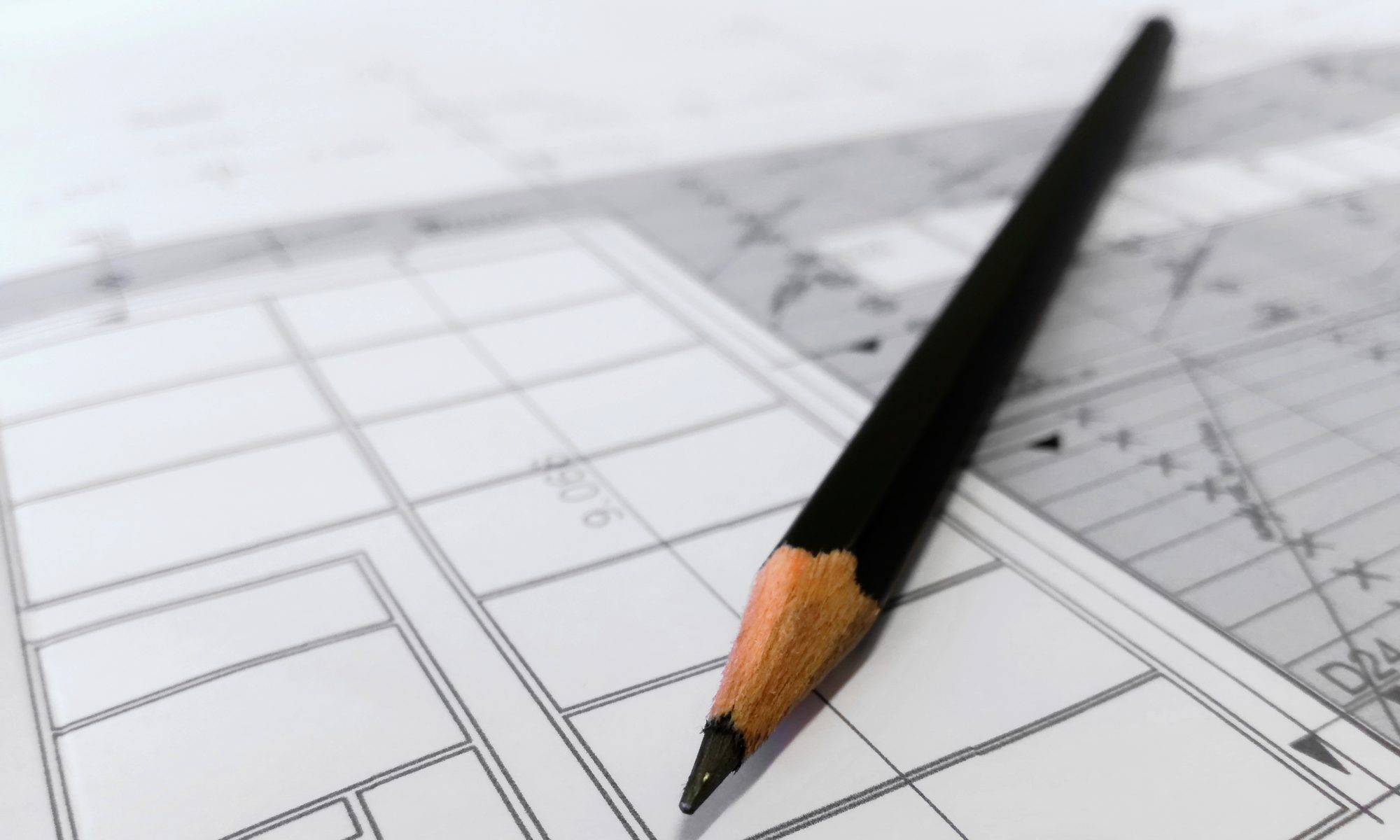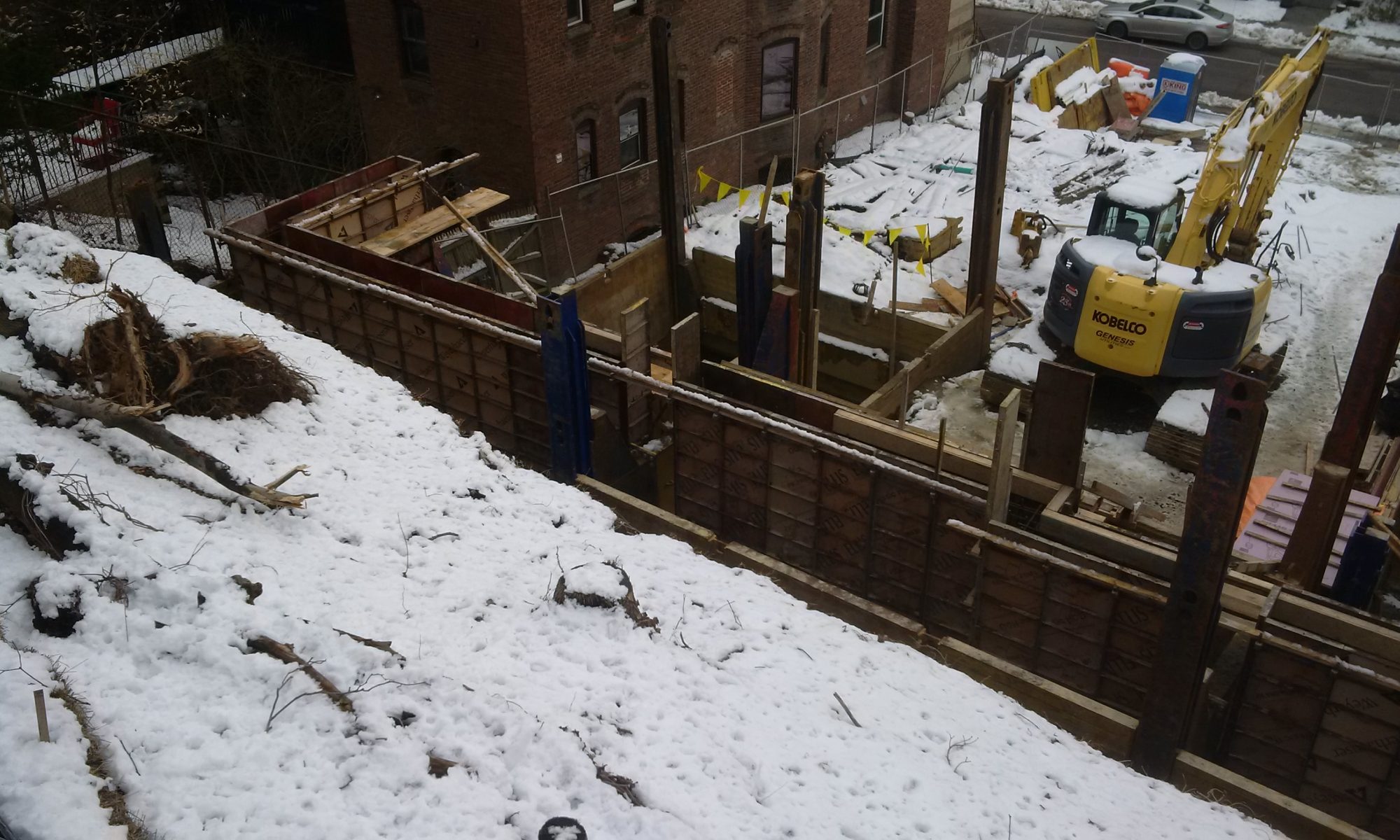If you live in a colder, four-season climate, it may look like the construction industry goes into hibernation as winter approaches. This is largely true for the types of public projects with which people interface in their daily lives, like road paving. However, building construction is a somewhat different story. While it is true that building construction slows down during colder months, a lot of construction activities can be performed over the winter and homeowners can use that to their advantage in planning their projects.

Why would you want to perform construction during the winter? It sounds, well, cold. As is the case with a lot of questions in construction, the answer comes down to cost and schedule. Scheduling work during off-peak winter months may result in more contractors willing to bid work and more favorable bids if the contractors are eager for work. All things being equal, this will lower cost. For larger projects, the cost of shutting down a project for the winter and restarting in the spring may be substantial. Schedule considerations can necessitate winter work as well. For example, it may be necessary to complete the renovation of a summer home during the winter when it is not in use.
To some extent or another, most construction activities can be performed during the winter. However, freezing temperatures and snow can affect the safety, efficiency and quality of work. This applies to some types of work more than others:
- Interiors: Most interior residential construction can be performed in the winter. Even if the building is not heated or insulated, if the building has a roof and is mostly enclosed, the climate can be controlled to an extent to allow safe and efficient work.
- Framing: Wood and steel framing can be performed in the winter. Cold weather may decrease productivity somewhat. Snow and ice can present a greater impact and must be controlled for safety. Both wood and steel are affected by moisture and must be kept reasonably dry.
- Concrete and Masonry: Concrete and masonry can be performed in cold weather, but require special procedures to avoid cold-related construction defects. Since residential general contractors are not universally familiar with these procedures, winter concrete and masonry work should be avoided or approached cautiously. Precast concrete elements may be a viable alternative.
- Site Work and Foundations: If a project is large enough, it may be tempting to start earthwork in the winter to allow the building to be fully enclosed before the beginning of the next winter. If the snow is not too deep, the winter may be a good time to clear the job site. Excavation may be slower or require heavier equipment if the ground is frozen. However, cold weather and snow can cause problems for placing fill materials. Moisture is required to compact controlled fill, but is subject to expansion and heaving if frozen. If fill is placed when frozen or a foundation placed on frozen soil subsequent settlement is likely. Therefore, unless special precautions are taken, finished grading and shallow foundation construction should wait until the spring.
- Subsurface Explorations: Subsurface explorations are useful or necessary for some residential projects. Most subsurface explorations can be performed during the winter. Geotechnical borings are commonly performed in cold weather. Test pits can also be made, depending on how well they need to be backfilled. Depending on the project, the late fall or early winter may be the optimal time to perform subsurface explorations.
- Design: OK, design is not construction work and is essentially unaffected by the season or weather. However, the timing of the design phase will influence the construction schedule. Depending on the size, complexity and permitting process, the design phase for a residential project will often be a few months in duration. For an April or May start, November or December may be the ideal time to start with design.
Just because the weather is getting colder doesn’t mean your project should go into hibernation. Many construction-related activities can be performed in cold weather and strategically using the winter months can reduce costs and allow the project to stay on schedule. If you are thinking of starting a new project, do not wait for the spring. Talk to architects, engineers and contractors. There may be something you can do today.
Need Help? Contact RJD Residential.
The information and statements in this document are for information purposes only and do not comprise the professional advice of the author or create a professional relationship between reader and author.


